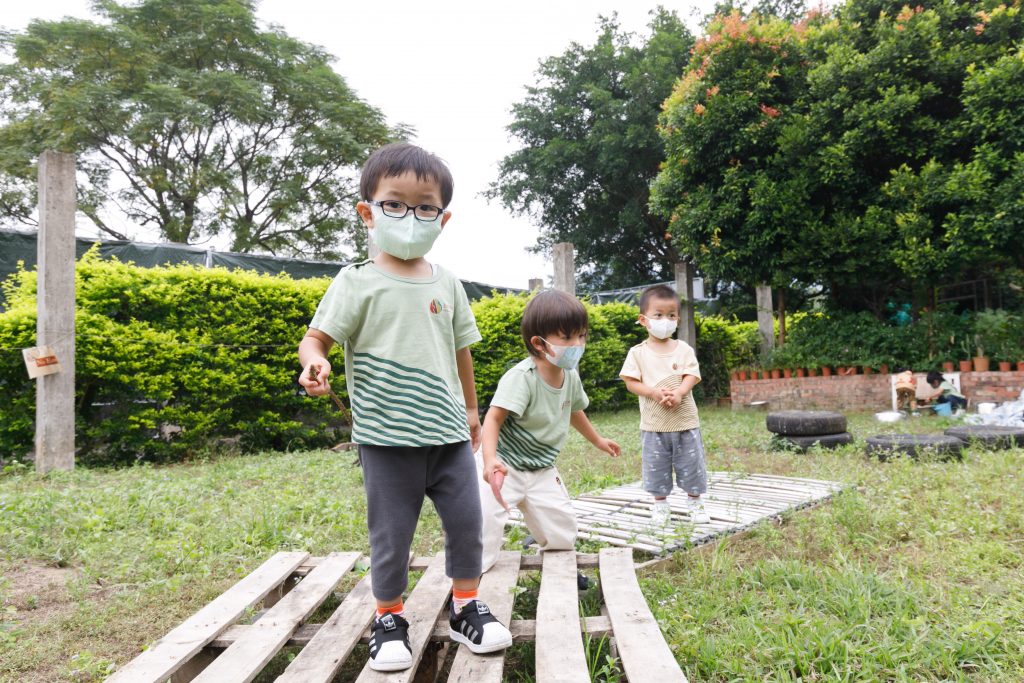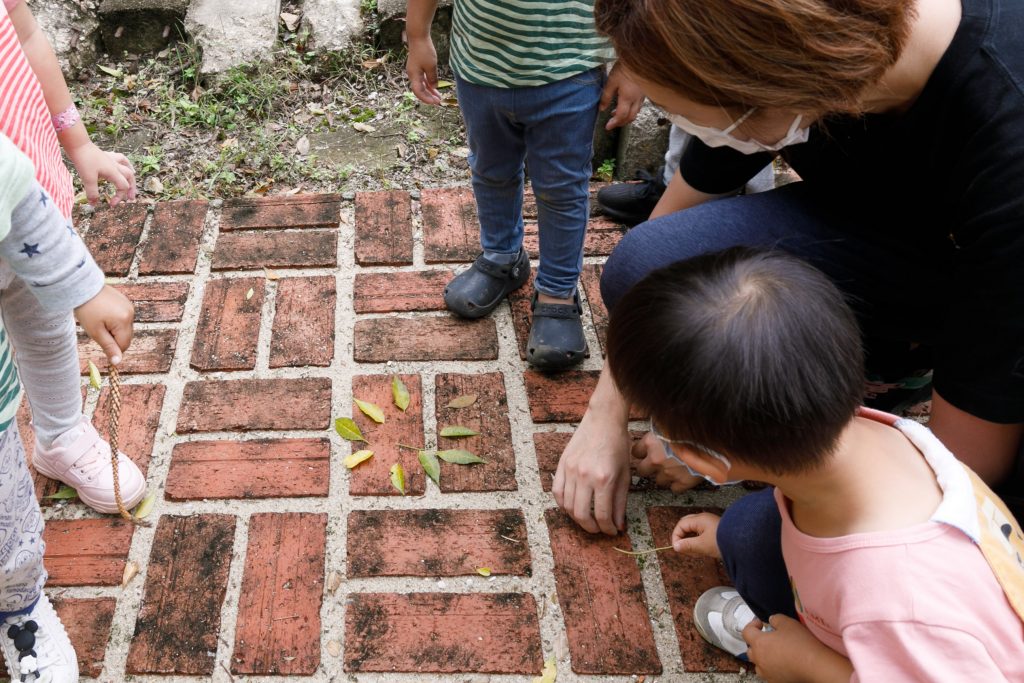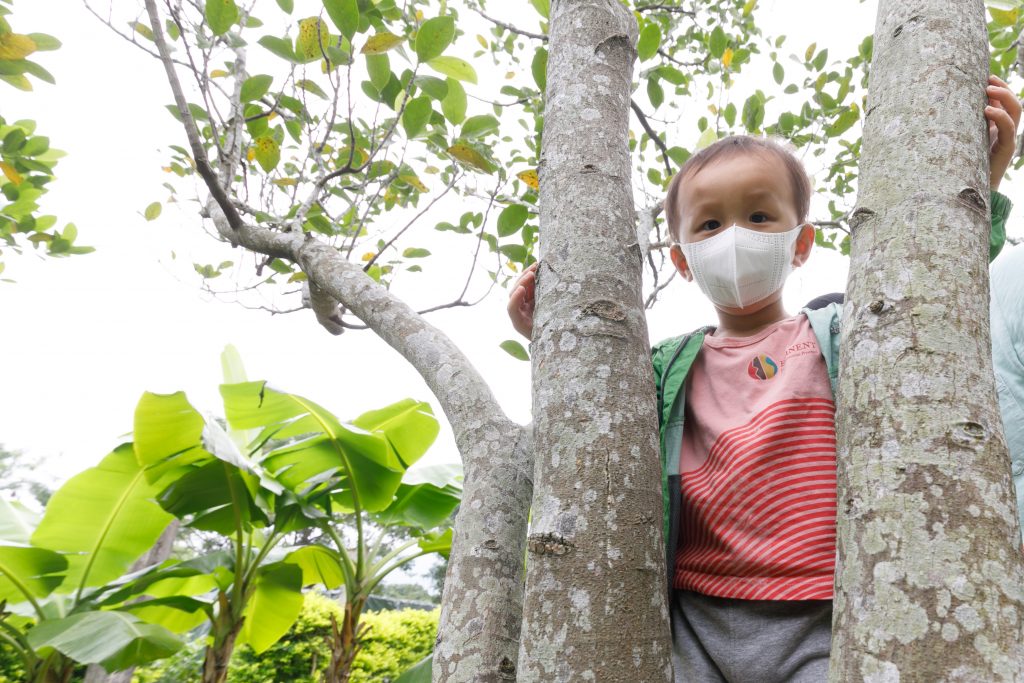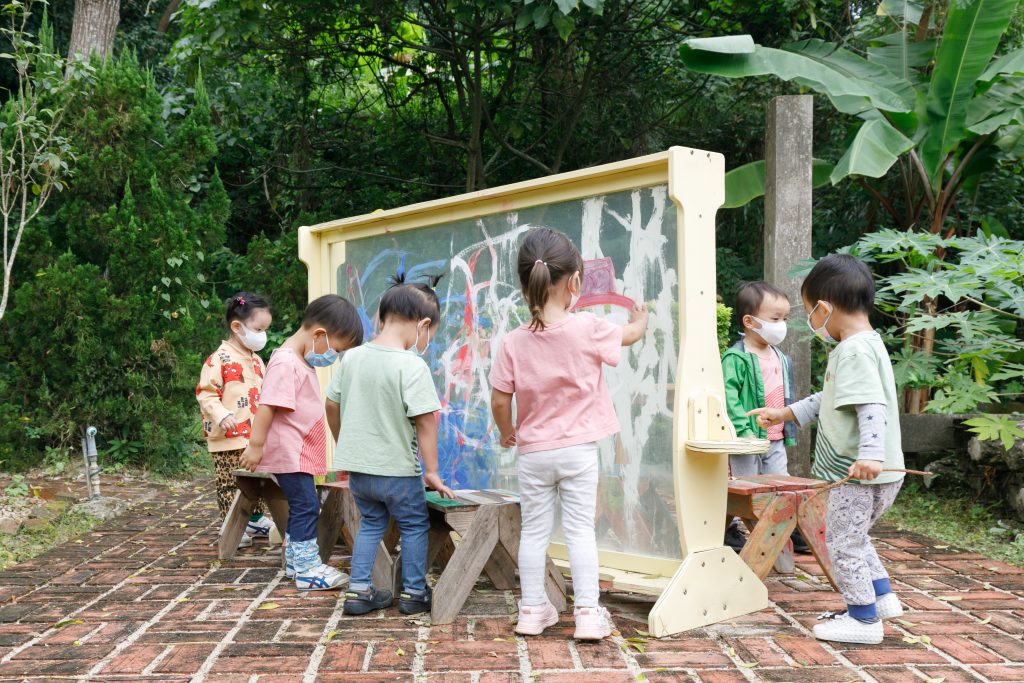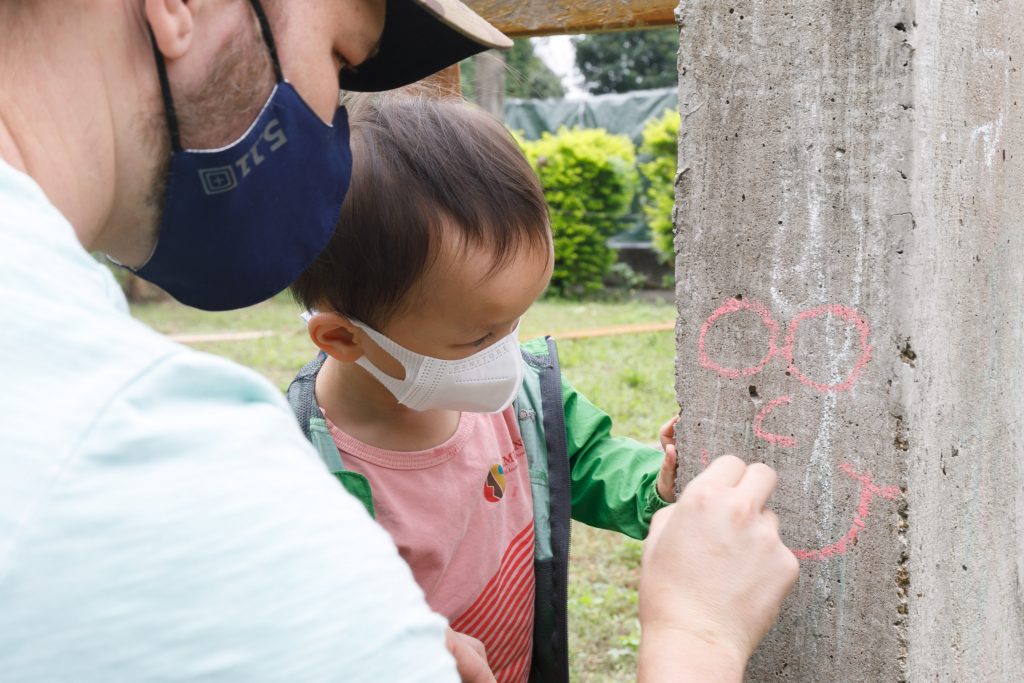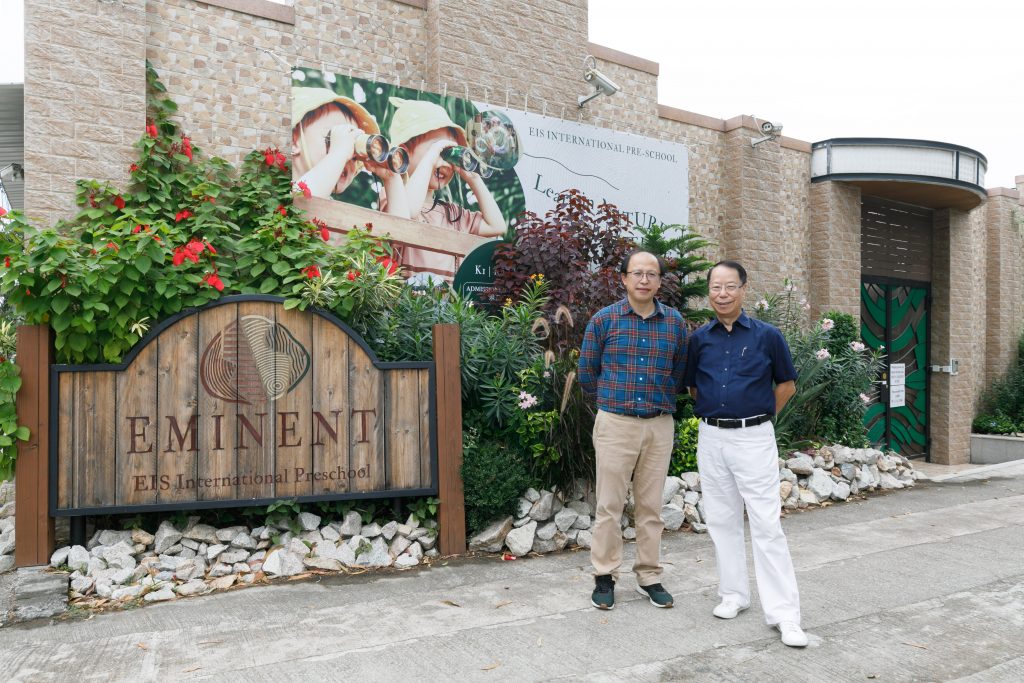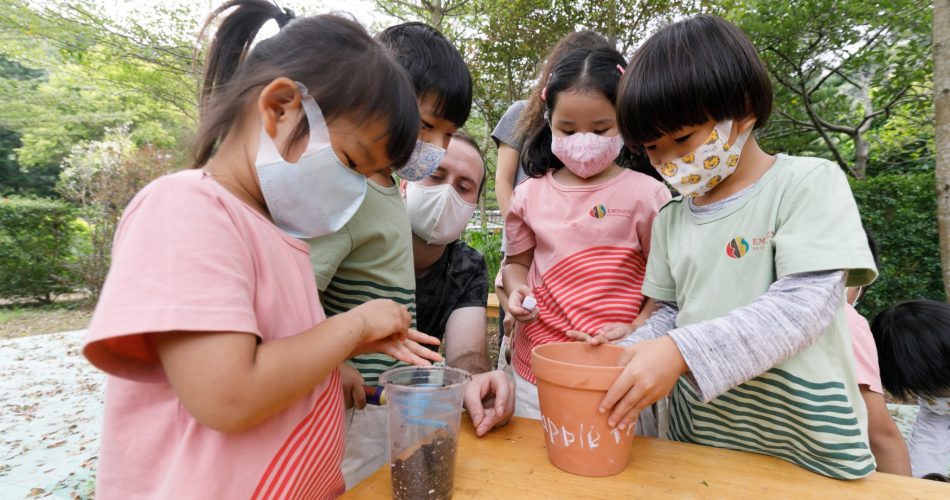Nature is often deemed as the origin of life and civilization around the world. Chinese ancient culture, for instance, emphasizes the harmonious coexistence of humans and Nature. Western culture, meanwhile, correlates Nature to the mother of life, thus explaining the idea of “Mother Nature”. The pandemic has urged us to rediscover not only our relationship with Nature, but also the innate peace, joy and comfort she brings us. EIS International Pre-school provides a natural learning environment of more than 40,000 square feet. Students spend at least 40% of their time studying outdoors, which is conducive to the development of their physical and mental well-being as well as various abilities. “Studies have confirmed that being close to Nature can improve mental health. Surroundings of trees and flowers inject an energy into the children’s bodies and minds,” said Co-founder and Managing Director Clement Lam.
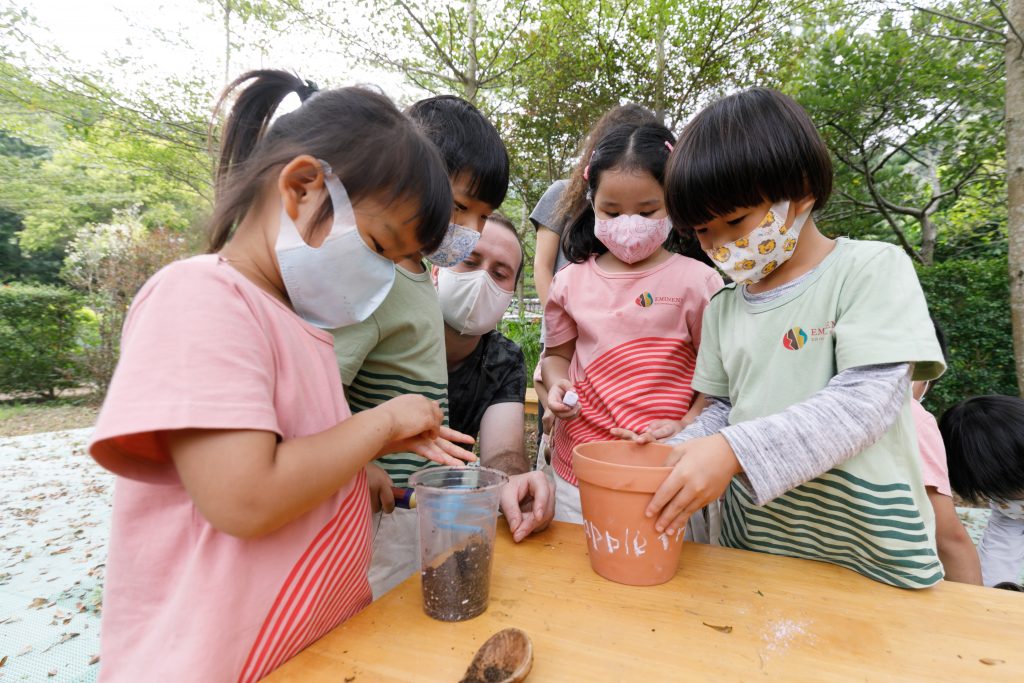
EIS International Pre-school campus is a renovated former village school in San Tin, Yuen Long. Together with the Forest Academy, it forms Hong Kong’s first nature-based experiential learning space that provides quality education and language-focused classes for pre-schoolers. Children are encouraged to learn through experience and become independent learners.
Adopting the British EYFS curriculum
EIS adopts the British EYFS curriculum structure. Different from traditional rote learning, EIS teachers assume the role of a facilitator, basing their planning on the students’ unique interests and abilities. They will guide them to actively realize their potential whilst stimulating their desire to learn, cultivating a habit of lifelong, active learning. All these will lay a solid foundation for children’s future learning. Clement Lam pointed out, “EIS emphasizes on ‘experiential learning’ and ‘inquiry-based learning’, which are innate to children’s learning abilities. Our curriculum was developed according to ‘emergent and thematic approach’. In terms of implementation, teachers are given the flexibility to cater to the diversity of students’ interests, underpinned by the different areas of the EYFS framework. For example, a recent learning theme was harvest and autumn, in which students made lemonade from the fruits grown on a lemon tree on the campus itself. During the lemonade-making process, students did not receive step-by-step instructions. Instead, they formed groups to brainstorm the ingredients and recipes needed to make the drink. They then explored ways to improve it; adding ice was a popular choice. By completing their projects through trial-and-error, children can boost their language, writing, and mathematical sequencing skills, as well as their fine motor skills development by cutting lemons and squeezing the juice. Unlike staring at PowerPoint or copying notes, children will remember these real-life experiences.”
40% of class time spent outdoors
Thanks to the geographical advantages of the campus, students spend at least 40% of their class time outdoors in the various areas. The Adventure Playground is the first facility students encounter as they enter the school. The wood playset in the playground also echoes the theme of Nature. Another activity space, the Wild Classroom, incorporates natural elements into the campus design, providing a sand pit, a mud kitchen, the Circle Garden and a tree house for children to play freely and creatively.
Clement further explained, “Studies have shown that trees emit essential elements which can boost children’s immune system. Our students are constantly exposed to trees, helping them to thrive. Imaginative play is crucial in toddlers as it nurtures brain functions including language and abstract thinking skills, as well as the ability to apply these learned skills in everyday life. Most schools in Hong Kong expect children to simply sit still and absorb knowledge, yet this will only inhibit their creativity and ability to express ideas. The goal of EIS is to let their cognitive functions shine. In the Wild Classroom, you can see younger children climbing up to the treehouse, while older students would utilize their creativity by setting up a tuck shop or engaging in other role-play activities. There is a little brook there as well. Before an adult could even ask what the children could do there, they have already taken off their shoes and waded into the water. In children’s eyes, water is versatile. It can be used to water the plants, or be combined with sand in the sand pit to create a meal in the mud kitchen.”
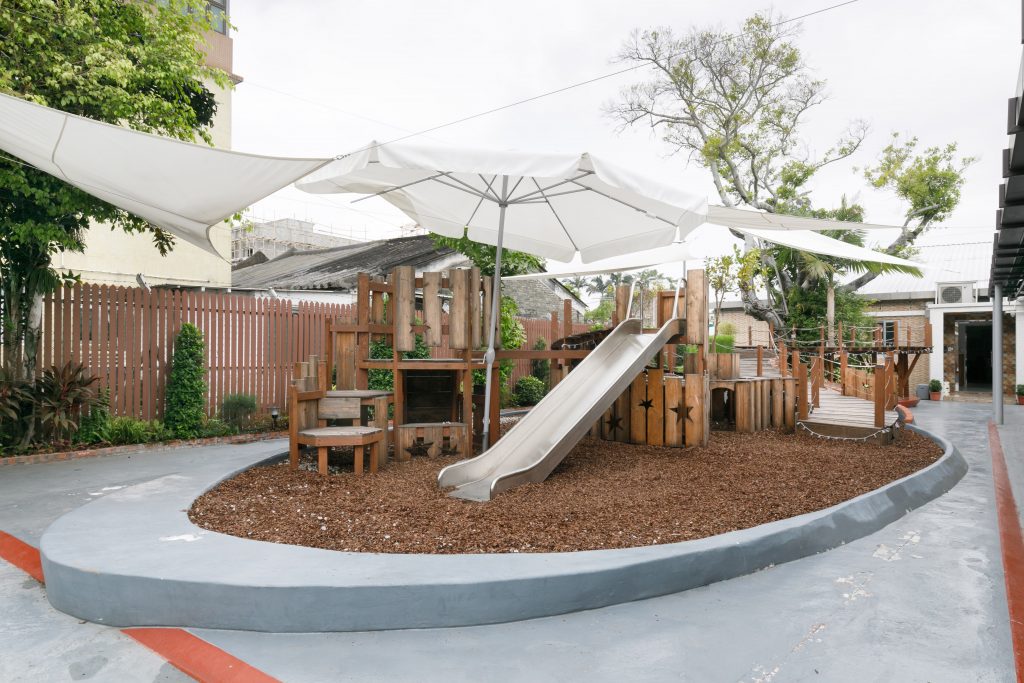
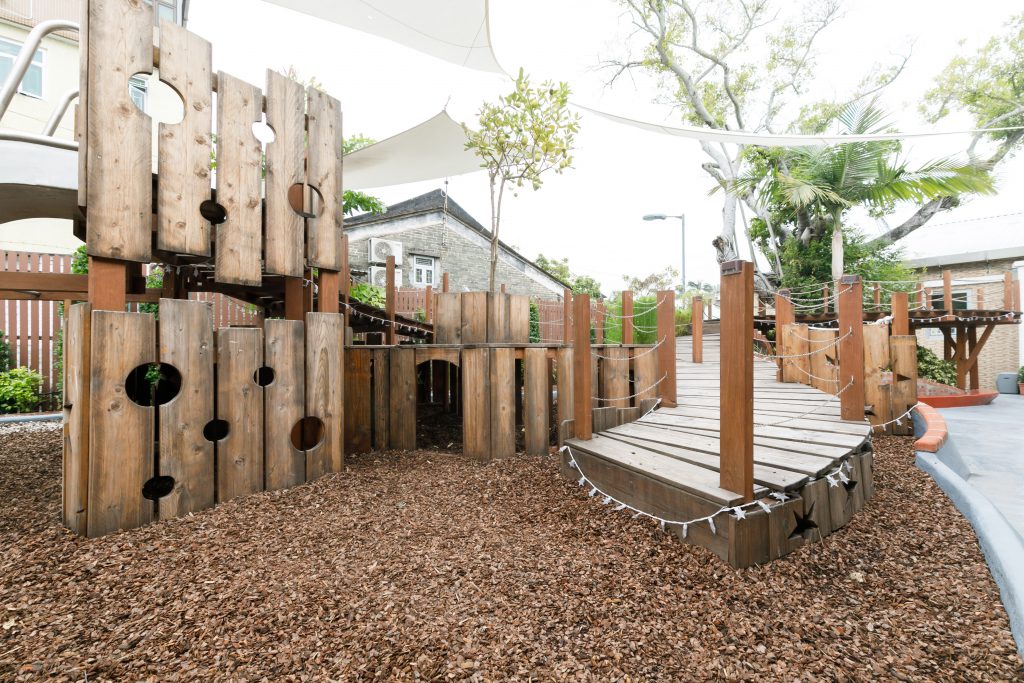
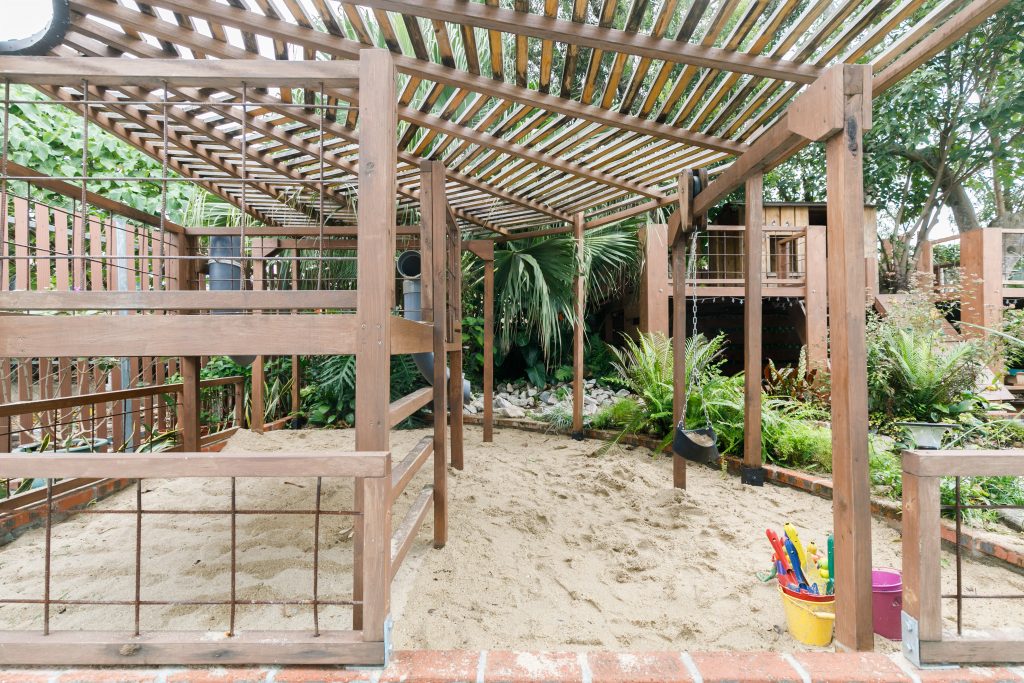
Class management enhances value education
Activities in the playground are versatile too. The school provides loose parts for children to build different things such as obstacle courses. There are cleaning supplies like brooms in the corner of the playground. Children are in charge of cleaning the playground after playing to foster a sense of responsibility and care. “Apart from play, children are taught to take up other responsibilities. We have classroom rules called ‘agreements’ that are laid down by the whole class. This is rather essential to value education. An interpersonal relationship is the ability to communicate well among people. Instead of deciding everything for our children, we should teach them to consider the needs of themselves and others starting at a young age, which is why we take on each other’s agreements through discussion; we call this ‘class management’ – children are assigned to different classes, and they are responsible for
managing their own class and creating their own atmosphere for learning. Every class has its unique theme, features and name. We do not name the classes: it is done by the students via discussion.”
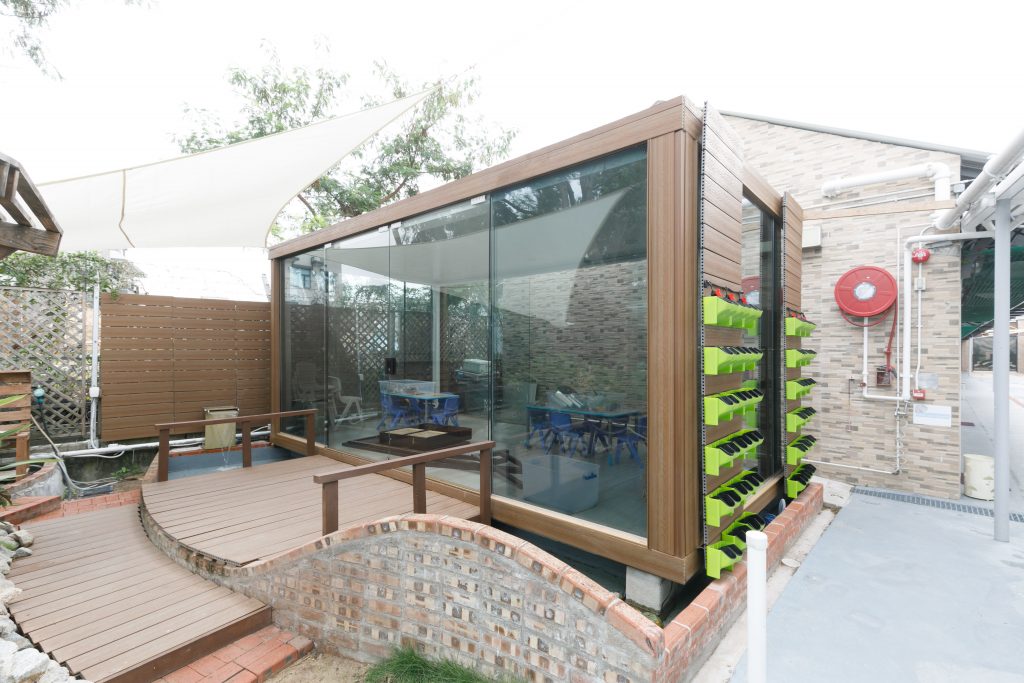

Forest Academy extends the way of learning
Students in EIS attend the Forest Academy once a week to explore and learn in the countryside. The campus is located at the base of a mountain laced with streams and abandoned houses novel to children. Teachers will further their students’ learning according to their interests. During field observation, for instance, one class found a banana tree, and the children were excited to climb up one by one. Clement explained, “Tree climbing is a common activity. Children who were afraid of heights will overcome the fear whilst honing their spatial awareness, courage, an ability to overcome challenges and problem-solving skills. Even when facing seemingly impossible missions, children will learn to tackle the problem bit by bit.” What about the chances of injury? Clement said, “We encourage children to be adventurous. Parents must expect injuries here. If they cannot accept this, then they should not consider enrolling into our school. Our lives are filled with adventure. After taking the leap, you will learn how to risk assess. Learning is a practical experience that cannot be gained from rote classroom learning.” As he spoke, a little girl fell to the ground in front of us. She did not cry but got up without saying a word. She rubbed her hands and joined her team again. After the visit, I could not help but ponder again the purpose of education: to cultivate responsible, thoughtful, fearless, capable, positive, wise and courageous leaders of our future!
Some parents said that their introverted and shy children became more sociable and active after studying at EIS. They really enjoy the campus life. Clement Lam again attributed this phenomenon to the power of Nature. “Most Hong Kong schools are restricted by their learning environment, which sti es those who are not good at expressing themselves. In fact, suitable lessons and an adequate learning environment are crucial for students. Forest academies rst appeared in Northern Europe 70 years ago. In the past 30 years, studies have proven that suf cient space and Nature blossom children’s potential; thus, forest academies soon sprouted across the UK and the US. In addition, we must also understand that children have different characteristics. Taking more time to learn how to speak does not mean that they are intellectually challenged. In fact, they may have many ideas in mind and their thinking can be very interesting. The problem lies in their ability to express themselves verbally. In rote learning, language is the only medium of expression. Children’s language abilities vary. For example, girls mature much earlier than boys, as such, they have a richer vocabulary and faster response. Classroom learning may be dominated by children with higher language abilities. The process of designing activities is very important and relies on the teachers’ abilities to cater to children at different stages of development. That is why I insist that the teacher-student ratio for pre-school education is one to eight and one to ten or below for kindergarten.”
